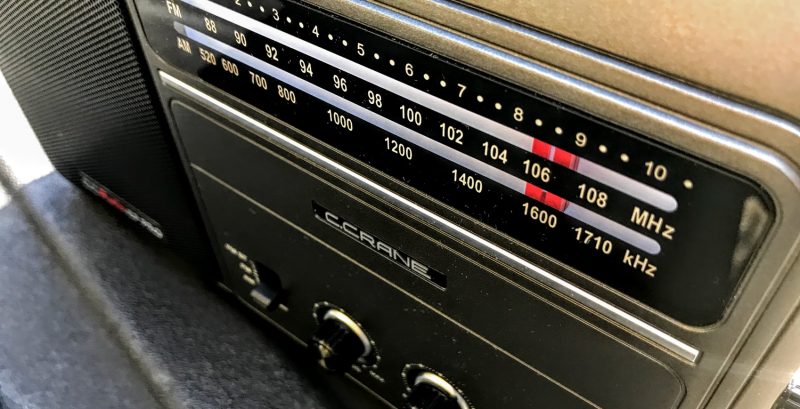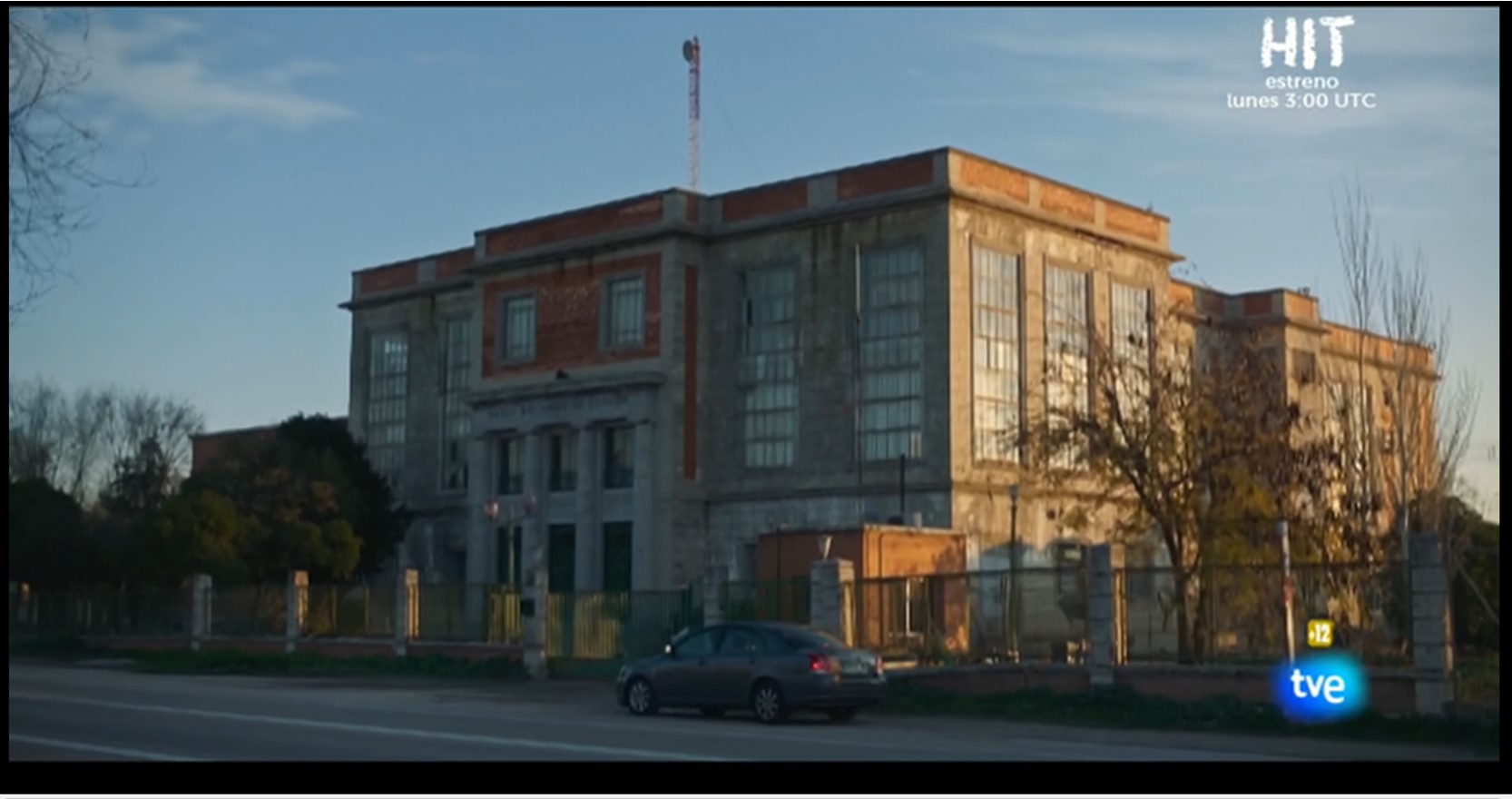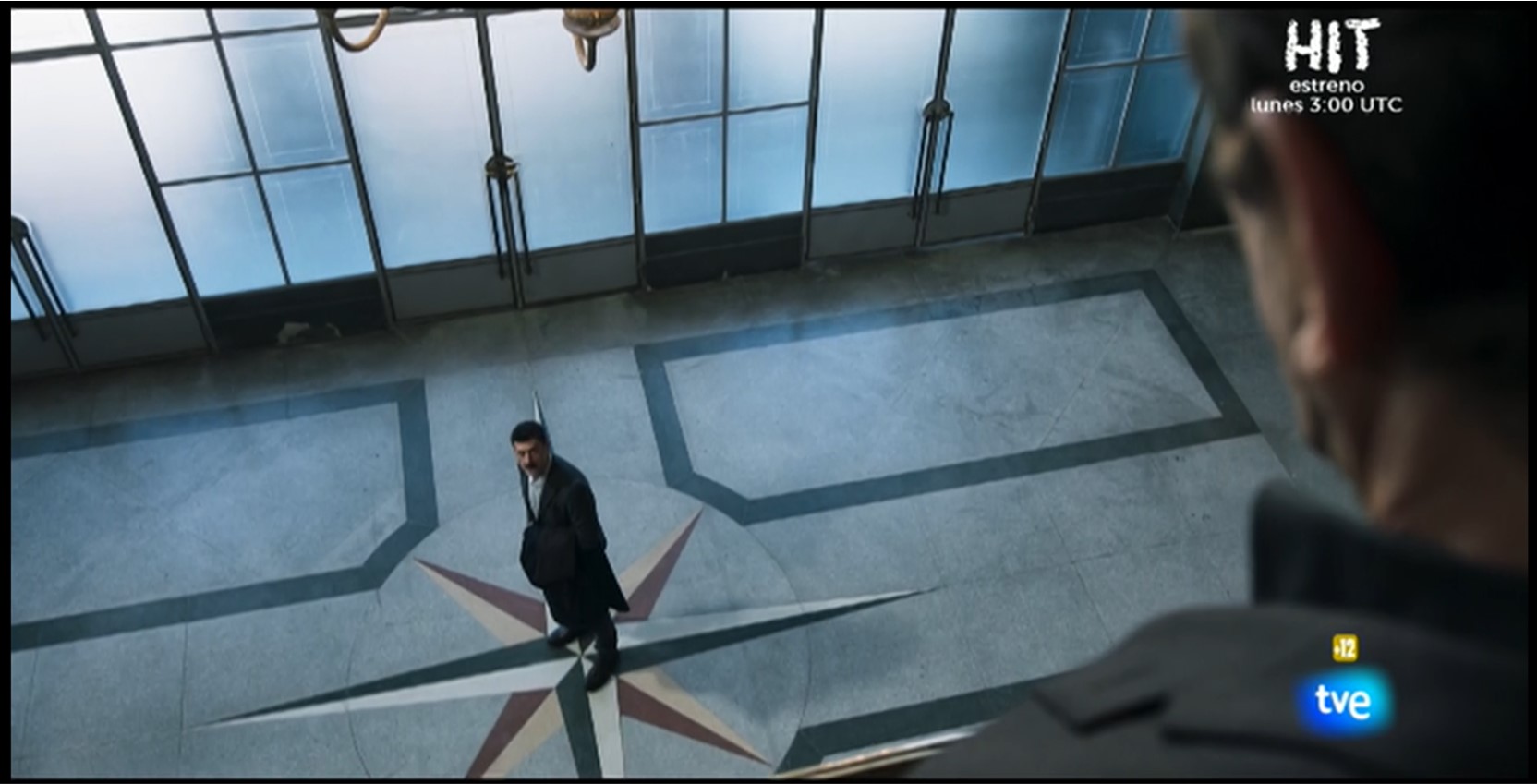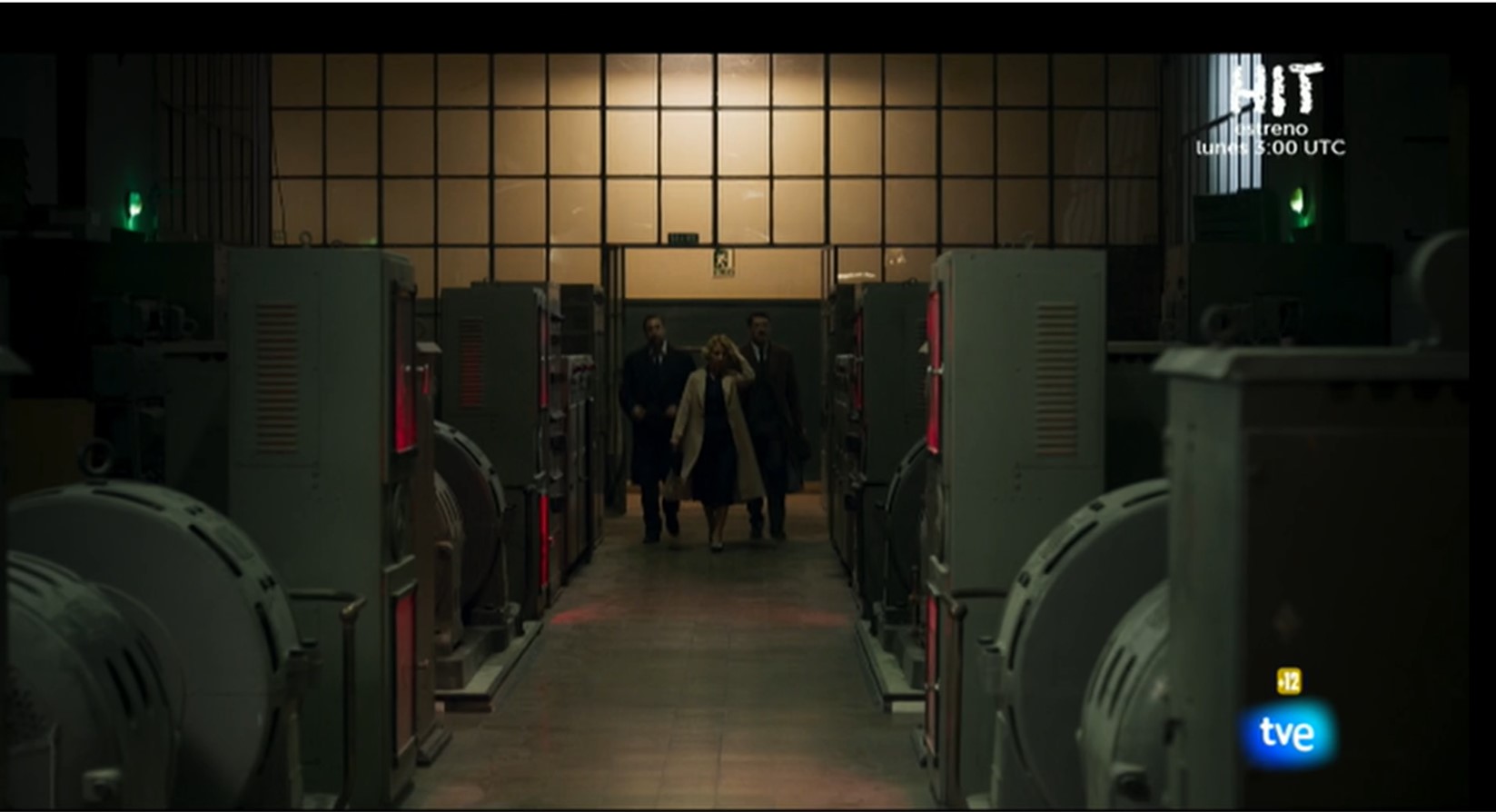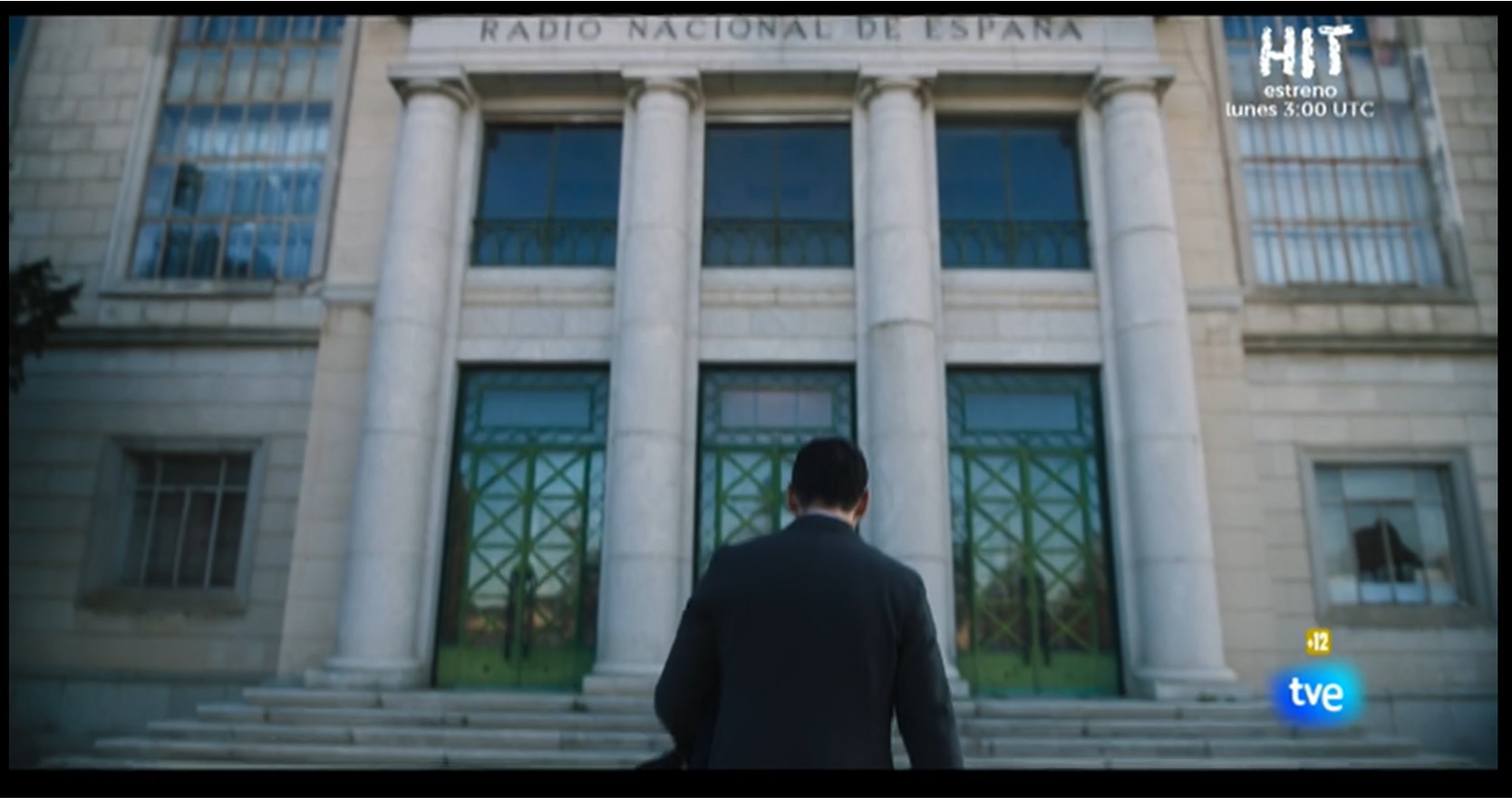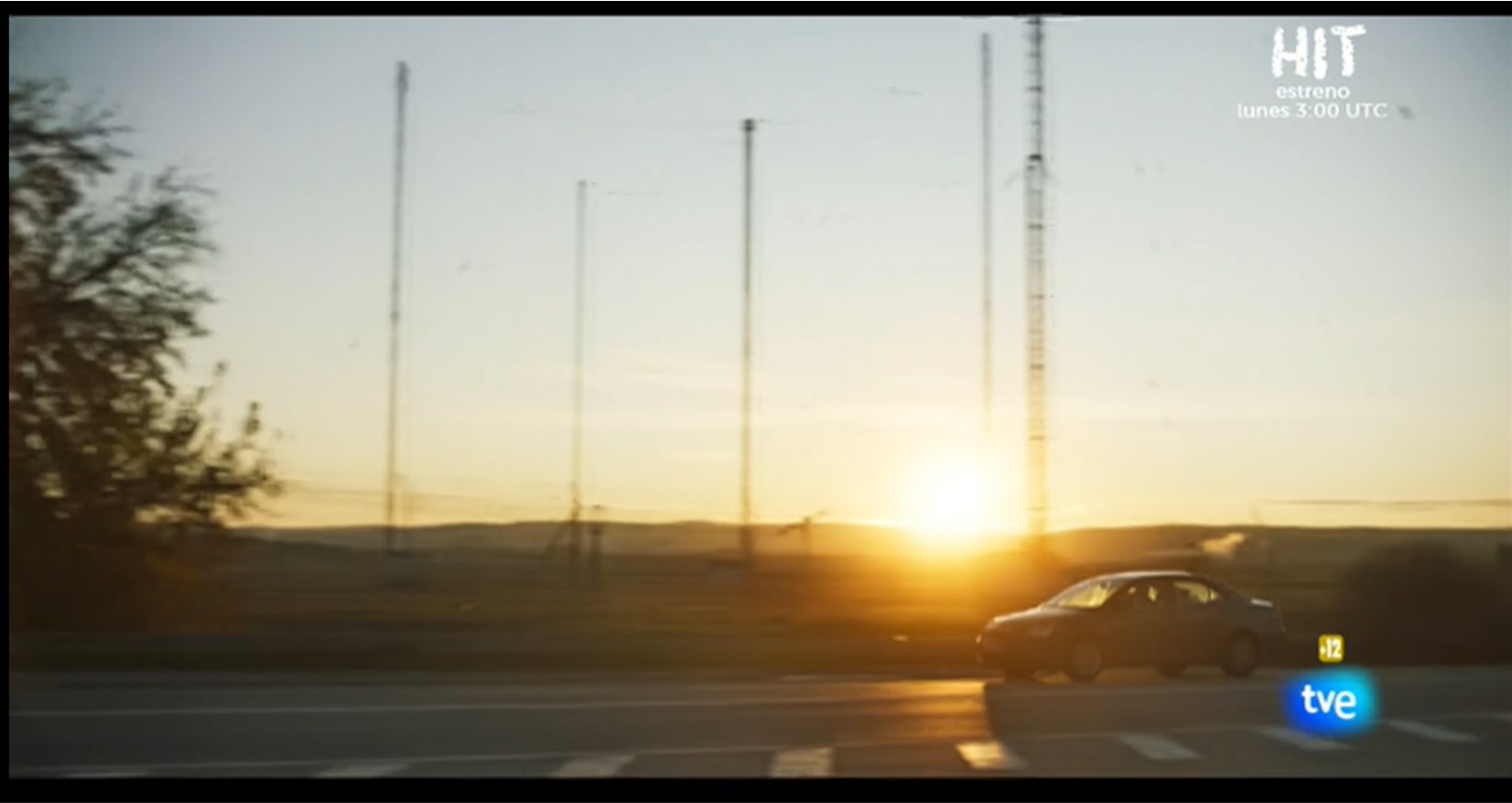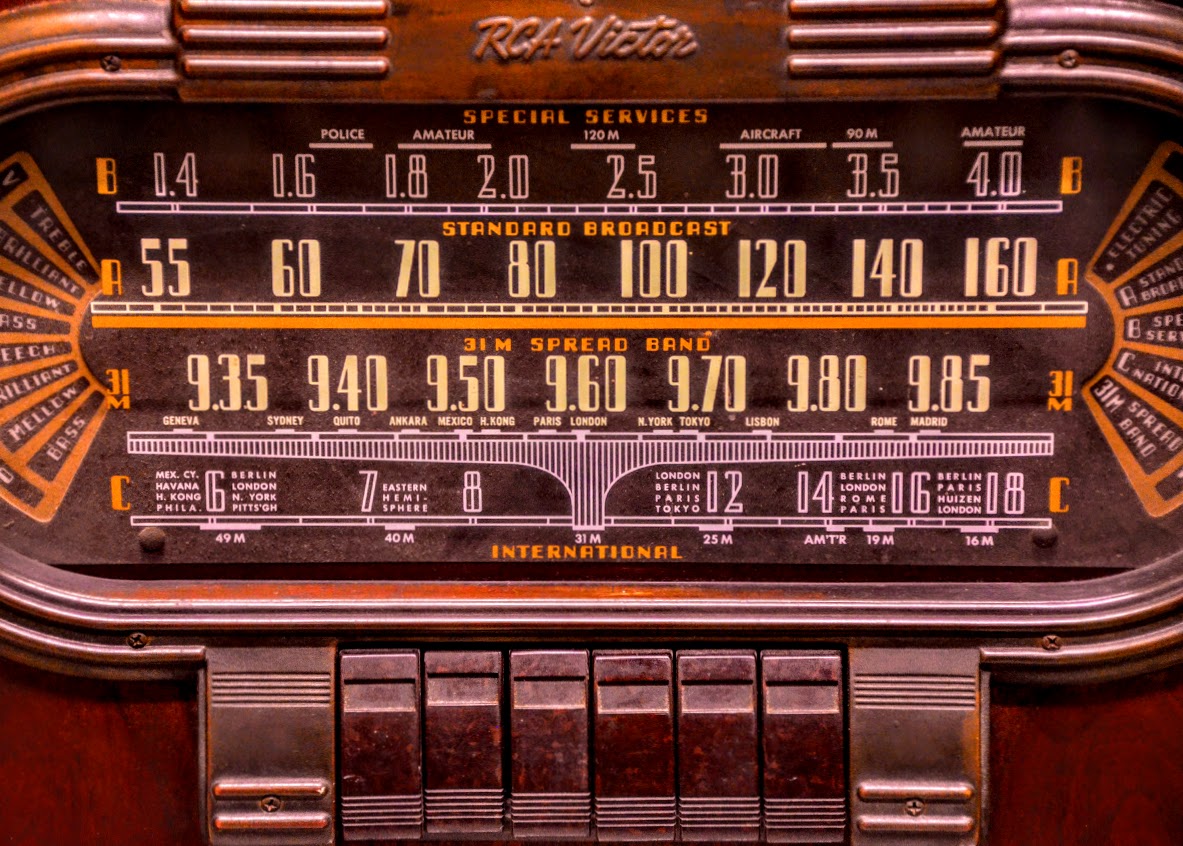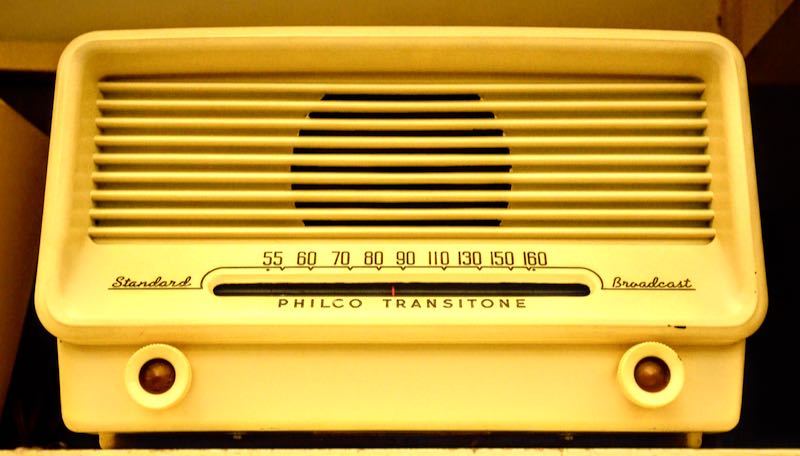Radio Waves: Stories Making Waves in the World of Radio
Because I keep my ear to the waves, as well as receive many tips from others who do the same, I find myself privy to radio-related stories that might interest SWLing Post readers. To that end: Welcome to the SWLing Post’s Radio Waves, a collection of links to interesting stories making waves in the world of radio. Enjoy!
Many thanks to SWLing Post contributors DM Barrett, Tracy Wood, Mike Terry, and the Southgate ARC for the following tips:
EQUINOX – Free Download (D.M. Barrett)
EQUINOX, DM Barrett’s best seller that blends science fiction with amateur radio and shortwave, can be downloaded FREE in eBook format from Amazon on the following dates:
Thursday, October 22, 2020;
Thursday, November 5, 2020;
Thursday, November 12, 2020;
Thursday, November 26, 2020; and,
Thursday, December 10, 2020.N4ECW’s EQUINOX, as well as his other novels, can be obtained at Amazon and Barnes & Noble.
The audiobook versions are available at audible.com and iTunes.
Broadcasting from Hope, on shortwave radio (Hope Standard)
Tony Pavick combines love for music and radio in weekly show, Pop Shop Radio
While he may not be jumping up and down in a radio booth throwing records on turntables, Tony Pavick is once again pumping out radio in the form of a weekly hour-long show from his home in Hope.
It’s been 20 years since radio was broadcast from Hope – former radio personality and now fire chief Tom DeSorcy confirmed that CKGO, Hope’s AM radio station, closed its doors in 2000. And while Pavick isn’t starting a new radio station, he’s broadcasting for an hour each week from Hope to the world via shortwave radio.
Shortwave, a band in between the AM and FM band, Pavick explained, was utilized right up until the 1990s by countries wanting to spread their news, propaganda and cultural content. Living in the U.S., Pavick got his first taste of Canada while listening to Radio Canada International on a shortwave radio his parents bought him in the late 1960s.
Since the end of the Cold War, Pavick explains, countries have turned their radio equipment over to different groups. One of those is Channel 292 at the University of Twente, where he broadcasts at a rate of 15 Euro for an hour of radio time. Those without the ability to pick up shortwave can listen to Pavick’s show online at websdr.ewi.utwente.nl:8901/?tune=6070am.
The show starts with radio static, followed by the sound of a pop being opened and poured. Then Pavick comes in with “from the town of Hope in super natural British Columbia, in Canada, I’m Tony and this is Pop Shop Radio.”
Pavick plays a wide range of pop music, for example his first show included a Czech language version of Heart of Glass recorded when Czechoslovakia was still a nation, and a 2006 Groovefinder remix of Nina Simone’s Ain’t Got No.
He draws inspiration from a time when you could hear, on a top 40 station, a line-up featuring Jefferson Airplane, followed by Johnny Cash and then the The Beatles. “There was a great variety of music played on the same station,” he said. “Popular music wasn’t just rock n’ roll, it was rock and pop and country and just a whole variety of things. So that’s where the idea for it being called the Pop Shop came about.”
Pavick doesn’t keep it a secret where he finds some of the more obscure plays. He uses music website 45cat.com, an extensive online music archive.[…]
Orlando HamCation postponed (Southgate ARC)
As the world’s second largest hamfest, we pride ourselves on delivering a high-quality event to our attendees and would not want to put on a show that is anything less than what the ham radio community deserves.
After much deliberation, the difficult decision to postpone the 75th Orlando HamCation was made. It is with heavy hearts that we must make this decision. We had wished to see all of you next year in person, but the situation we face globally has made this challenging. Instead, HamCation will be moved to February 11-13th, 2022. We are looking to host some unique Webinars, a QSO Party and possibly Prize Drawings for 2021.
More information to come on our website soon.
For those who have already purchased tickets and spaces, we will be in contact with you shortly and will reach out to you directly. You will have the option to use your ticket for HamCation 2022, receive a refund or donate the funds to the Orlando Amateur Radio Club.We thank all of you for your patience and understanding during these times and are excited to see you all again in 2022…
73, Michael Cauley, W4MCA
General Chairman
Orlando HamCationFor more details see: https://www.hamcation.com
http://www.arrl.org/news/arrl-national-convention-and-orlando-hamcation-postponed-to-february-2022
Also, check the ARRL Letter for October 8th, 2020:
http://www.arrl.org/arrlletter?issue=2020-10-08
Radio Ga Ga: Aberdeen author creates new work to salute the pioneers of the airwaves (The Press and Journal)
Gordon Bathgate can barely recall a time when he wasn’t in thrall to the radio and marvelling at all the different sounds which came out of a magic box in his living room when he was growing up in the north-east of Scotland.
A lot of snap, crackle and pop music has come and gone since these early days, but he is still Radio Ga Ga about an invention which has shaped all our lives and is celebrating its centenary in 2020.
This follows the innovation and imagination of so many pioneering figures, including his compatriot James Clerk Maxwell, Heinrich Hertz and Guglielmo Marconi, whose name has become inextricably linked with the device.
In so many different ways, Mr Bathgate, who has written a new book, Radio Broadcasting: A History of the Airwaves, has devoted decades to boosting its profile in many guises.
He was a founding member of Grampian Hospital Radio at Aberdeen Royal Infirmary – a service which does invaluable work and particularly in the current Covid-induced social isolation.
He also presented shows for North East Community Radio at Kintore and presents music programmes as far afield as Peterhead, The Netherlands and the fabled Radio Caroline.
He has created a series of witty little films, imparting his love for the Doric language, including pastiches of Star Trek and Dallas.
But it’s his passion for radio which shines through the pages of his new production.[…]
Do you enjoy the SWLing Post?
Please consider supporting us via Patreon or our Coffee Fund!
Your support makes articles like this one possible. Thank you!

